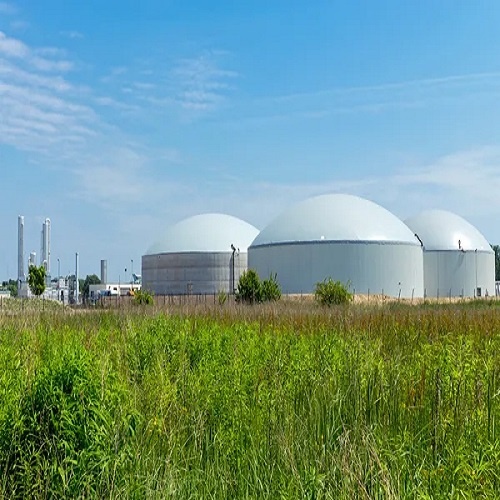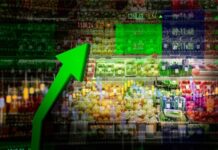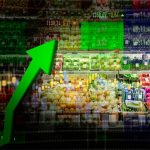Within the economic fabric of the sugar industry, waste materials such as spent wash and press mud present management challenges. But through a sustainable process, these seemingly burdensome byproducts have the unrealized potential to transform into clean-burning biogas. In the future, sugar mills will be defined by their inventiveness thanks to the revolutionary catalysts of artificial intelligence (AI) and machine learning (ML), which are revolutionizing the production of biogas.
Exposing the Waste Potential:
Anaerobic digestion is the conventional method used to produce biogas from sugar mill waste. This is a complex process that depends on a number of variables. A new era of efficiency and control is unleashed by integrating AI and ML, with data-driven decision-making at its center:
– Data-Driven Decisions: By collecting and analyzing waste composition and operational parameters with great care, the groundwork is set for the development of powerful predictive models.
– Machine Learning Magic: Using cutting-edge algorithms such as XGBoost, AI creates models that forecast ideal circumstances to optimize the production of methane, the key component of biogas, from sugar cane waste.
– Fine-Tuning the Process: By simulating scenarios and acting as virtual laboratories, these models help identify the best set of operational parameters, such as modifying the ratio of press mud to spent wash or regulating fermentation temperatures.
– Real-Time Optimization: By combining these models with real-time monitoring, biogas production can be continuously adjusted to maintain ideal conditions.
Moving from Theory to Practice:
Putting this idea into practice requires diligence:
– Pilot Testing the Power: Verifying the model’s predictions through pilot-scale experiments prior to full-scale deployment guarantees an efficient transition from theory to practical application.
– Continuous Learning: Updating models frequently with fresh data guarantees that they can adjust to variations in the composition of waste or in operating circumstances, preserving optimal performance.
The advantages are palpable:
Adoption of AI and ML benefits sugar mills in many ways:
– Sustainability Champion: By reducing waste generation, optimized biogas production contributes to sustainability objectives for a cleaner environment.
– Economic Powerhouse: Increased biogas sales revenue strengthens sugar mills’ economic viability, resulting in a win-win situation.
Guidelines and Assistance:
Government programs like India’s SATAT scheme, which provides funding for bio-CNG projects, demonstrate the recognition of biogas’s potential and encourage sugar mills to adopt this technology.
Acquiring Knowledge from the Pioneers:
There are growing success stories demonstrating the commercial viability of using press mud for bio-CNG production, like Maharashtra’s Bio-CNG Powerhouse.
A Better Future for Biogas:
Case studies illustrate how innovation in research institutions and industry startups has led to the use of AI and ML in biogas plants.
Are You Interested in Investing in Biogas?
For those looking to invest in biogas plants with AI and ML integration:
– Research & Connect: Find top organizations, new businesses, and suppliers with a focus on AI and ML for biogas production.
– Consult the Experts: Throughout the integration process, renewable energy consulting firms provide guidance.
– Network & Learn: To stay informed about the changing landscape and make connections with experts, attend industry conferences.
Disclaimer: Before choosing a technology provider, extensive study and due diligence are advised.
Sugar mills may transform waste into a valuable resource by utilizing AI and ML, ensuring a sustainable and successful future while also making a positive impact on the environment. “Education is the most powerful weapon which you can use to change the world,” as Nelson Mandela once said. In this instance, sugar mills can turn their waste into a resource that can change the world by using technology and education as their tools.
Extra Sources:
Although this article offers a broad summary, more research may be helpful:
– Research Papers: To find in-depth studies on the use of AI and ML in the production of biogas, search databases like ScienceDirect or Google Scholar.
– Industry Reports: Groups such as the IEA Bioenergy release studies on the biogas industry that cover innovations in technology.
Sugar mills can lead the way in a sustainable future driven by waste and innovation if they remain informed and take action.
Disclaimer: The views and opinions expressed in the article by Dilip Patil, Managing Director of Samarth SSK Ltd., are solely his own.












